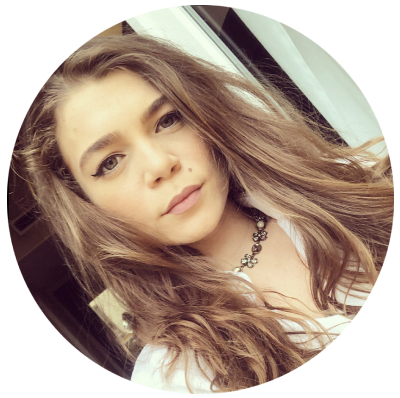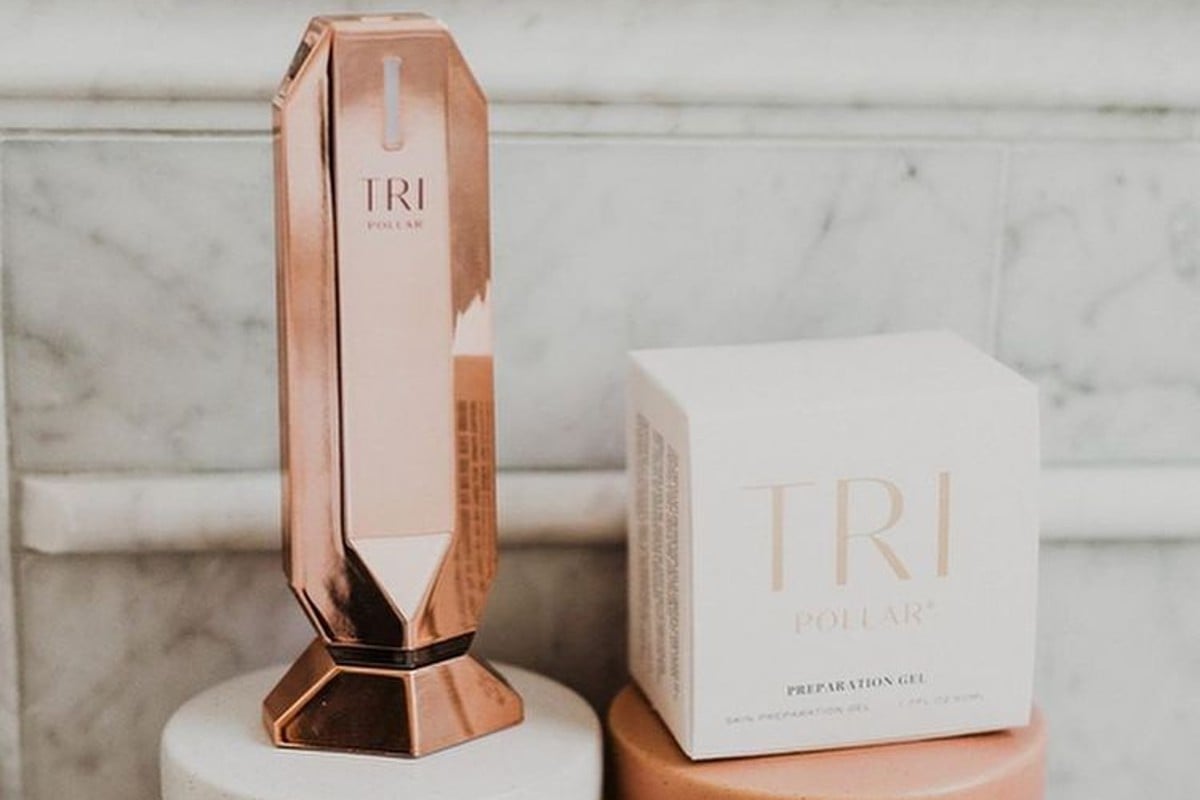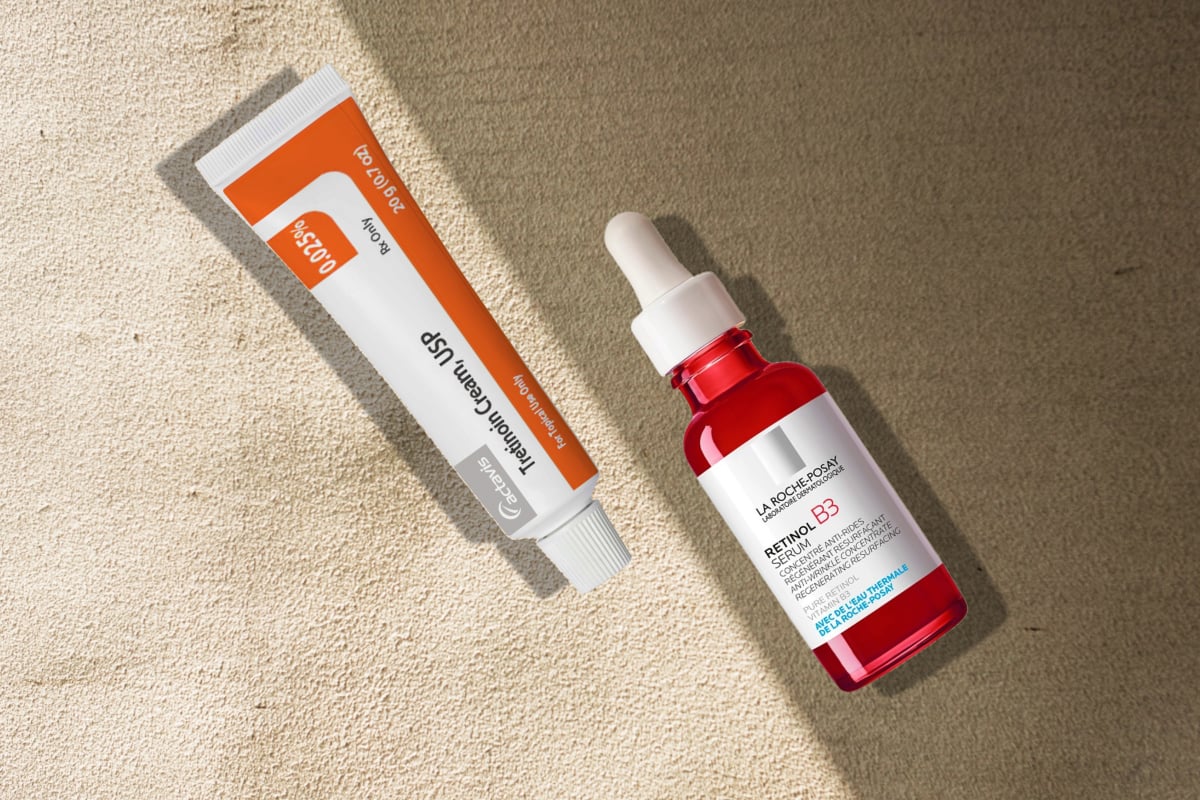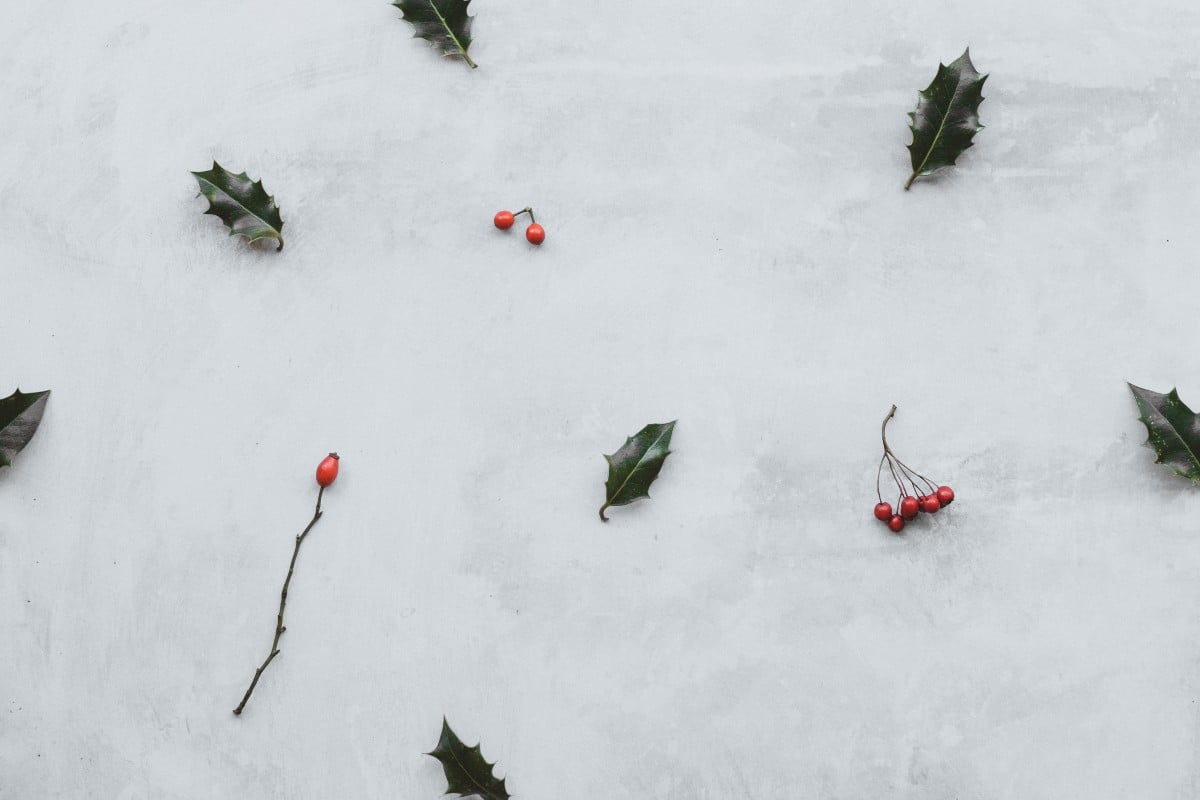Hydrated and soft skin is the goal of most skincare enthusiasts, and royal jelly might be the key to achieving this. It’s called royal because only queen bees have the privilege of consuming it, and today, it might just become one of your favorite skincare buffs.
What is royal jelly?
Royal jelly, sometimes known as “queen milk,” is a milky-yellow secretion produced by worker bees that has a vital role in the bee kingdom: to feed the queen and larvae. During the first week of life, all bee larvae are fed exclusively on royal jelly. After this period, only the larvae destined to become queens continue to eat it for the rest of their lives.
Royalactin, a protein found in royal jelly, is known as the queenmaker since it’s the main factor that turns a larva into a queen bee. Royal jelly is also believed to be responsible for increasing the life and fertility of the queen, and researchers see it as a promoter of healthy aging and longevity.[1]
Regarding what it is made of, royal jelly is composed of water (67%) and contains proteins, carbohydrates, fatty acids, amino acids, vitamins, phenolic compounds (ferulic acid, quercetin), and trace amounts of minerals (calcium, zinc, iron, copper, magnesium).[2] FYI, the proteins extracted from royal jelly form a specific bioactive peptide with anti-aging activities.[3]
Skincare benefits
Dermatologically speaking, royal jelly functions as a moisturizing, anti-aging, antioxidant, antibacterial, and anti-inflammatory agent.
Increases hydration
In a 2022 study, applying royal jelly on the skin for four weeks led to a considerable increase in skin moisture. It turns out that the fatty acids and amino acids in royal jelly act as moisture-binding molecules to pull moisture from the air into the skin.[4] This provides long-term hydration.
Slows down skin aging
Studies have found that royal jelly can diminish aging signs by protecting cells from UV damage, which is a big culprit in making our skin look older than it is.[5] Plus, royal jelly is a collagen and elastin booster. Collagen gives your skin structure and firmness, while elastin allows it to stretch and bounce back. As we age, the production of these proteins slows down. This leads to wrinkles and sagging skin. Royal jelly not only promotes collagen production but also protects other proteins from damage. It has some fancy skills that put the brakes on the enzymes that break down collagen. Moreover, royal jelly can mimic the effects of estrogen, a hormone that plays a vital role in maintaining the balance of skin proteins.[6]
Fades skin discolorations
Royal jelly is also hypothesized to diminish hyperpigmentation and other forms of skin discoloration. It turns out hydroxy-2-decenoic acid, an active compound in royal jelly, can interfere with melanin synthesis (skin-darkening pigment) and inhibit the activity of proteins involved in skin pigmentation, thereby brightening the skin.[7]
Antioxidant
The phenolic compounds in royal jelly, including ferulic acid and quercetin, are some of the strongest antioxidants found in nature. Also, royal jelly was found to increase glutathione levels, which is a natural antioxidant made by the body to counteract UV-induced damage and scavenge free radicals.[8]
Supports wound healing
According to studies, royal jelly can shorten the healing time of both infected and uninfected wounds. It also supports the regeneration of damaged skin tissues. This can be effective for acne scars or sunburn.[9]
Soothes inflammation, irritation, and redness
Inflammation, irritation, swelling, itching, or redness? Royal jelly can provide instant relief. This is because royal jelly acts as an emollient (thanks to its fatty acids) so it instantly softens and soothes the skin.
Heals acne
Royal jelly is antibacterial and anti-inflammatory, so it can work well in treating various forms of acne, but this has not been shown in clinical trials.
Supplements vs skincare products
When it comes to skincare, royal jelly can be effective whether you take it as a pill or apply it to your skin. Taking it in supplement form works from within to support faster healing and healthy skin aging. When you apply propolis to your skin, it also hydrates, softens, and brightens the skin.
How safe is it?
Royal jelly is not free of side effects. In high concentrations, it can cause rashes, tingling, and itching, but that’s unlikely to happen because most skincare products contain moderate concentrations of royal jelly that shouldn’t cause problems. If you have allergies to bees or are pregnant or breastfeeding, avoid products containing royal jelly. If your skin is sensitive, you should also proceed with caution and perform a patch test (preferably on the elbow) to see how your skin responds to royal jelly.
How to use royal jelly in your routine
You can use a serum or cream that contains royal jelly. Overall, these products are safe for sensitive skin and gentle enough for daily use. Since it’s unlikely to interact with other active ingredients, you can safely use royal jelly along with your favorite retinol or glycolic acid product. However, you should do a patch test before using royal jelly on your skin, and avoid applying it on broken or inflamed skin.
When purchasing a product with royal jelly, be aware of the other ingredients in the formula. Most royal jelly products are made with occlusives and pore-clogging ingredients that can aggravate acne breakouts
Now comes the not-so-good thing about royal jelly in skincare products: the ingredient loses its potency when it comes into contact with heat and light. For this reason, you should only use products that come in amber bottles or airless containers. Also, store the products in a cool, dark place.
Can you apply pure royal jelly on the face?
Yes, you can apply pure royal jelly on the face as a leave-on mask. Simply mix three teaspoons of raw honey and two teaspoons of fresh royal jelly and apply the mixture on cleansed skin. Leave it for 30 minutes and rinse with lukewarm water. Repeat once or twice weekly.
You ask, we answer
- Can I use royal jelly on my face?
It’s fine to use royal jelly on your face. Apply a thin layer and spread it evenly all over the face. Depending on the product, you may need to rinse after 10-15 minutes with lukewarm water or a cleanser.
- Is royal jelly good for acne scars?
Because it stimulates collagen, a protein that repairs damaged tissues, royal jelly can help speed up the healing time of acne scars.
- Does royal jelly tighten skin?
While royal jelly can’t tighten the skin, it can make it appear firmer and smoother by providing hydration and promoting collagen growth.
- Does royal jelly reduce wrinkles?
Royal jelly is a good wrinkle fighter because it stimulates collagen in the skin. Also, thanks to its antioxidant effects, it protects the skin against photoaging.
- Does royal jelly clog pores?
Royal jelly has a low comedogenic rate, so it’s unlikely to clog the pores. People with oily and acne-prone skin can breathe easily because they can use products with royal jelly as long as the formula does not contain comedogenic ingredients.
Footnotes
Women’s Concepts uses reliable sources, including dermatologists’ insights, clinical trials, and scientific journals, to find accurate information and support all the facts shared in our articles. All statements and claims have clear and legit references. Read our editorial policy to learn more about our sources of information, our process of researching and fact-checking the content, and how our team strives to keep all articles updated, completed, and trustworthy.
- Kunugi H, Mohammed Ali A. Royal Jelly and Its Components Promote Healthy Aging and Longevity: From Animal Models to Humans. Int J Mol Sci. 2019 Sep 20, https://pubmed.ncbi.nlm.nih.gov/31547049/
- Kurek-Górecka A, Górecki M, Rzepecka-Stojko A, Balwierz R, Stojko J. Bee Products in Dermatology and Skin Care. Molecules. 2020 Jan 28, https://www.ncbi.nlm.nih.gov/pmc/articles/PMC7036894/
- Li S, Tao L, Yu X, Zheng H, Wu J, Hu F. Royal Jelly Proteins and Their Derived Peptides: Preparation, Properties, and Biological Activities. J Agric Food Chem. 2021 Dec 8, https://pubmed.ncbi.nlm.nih.gov/34807598/
- Maeda, Y, Fujikura, C, Asama, T, et al. Effect of facial application of essence containing royal jelly extract on stratum corneum moisture content: A placebo-controlled, double-blind, parallel-group study. J Cosmet Dermatol. 2022; 00: 1- 8. doi: 10.1111/jocd.15168
- Park HM, Hwang E, Lee KG, Han SM, Cho Y, Kim SY. Royal jelly protects against ultraviolet B-induced photoaging in human skin fibroblasts via enhancing collagen production. J Med Food. 2011.
- Mishima S, Suzuki KM, Isohama Y, Kuratsu N, Araki Y, Inoue M, Miyata T. Royal jelly has estrogenic effects in vitro and in vivo. J Ethnopharmacol. 2005 Oct 3.
- Peng, CC., Sun, HT., Lin, IP. et al. The functional property of royal jelly 10-hydroxy-2-decenoic acid as a melanogenesis inhibitor. BMC Complement Altern Med 17, 392 (2017). https://doi.org/10.1186/s12906-017-1888-8
- Rizki AMF, Usman AN, Raya I, Aliyah, Dirpan A, Arsyad A, Fendi F, Sumidarti A. Effect of royal jelly to deal with stress oxidative in preconception women: A literature review. Gac Sanit. 2021.
- Lin, Y., Zhang, M., Wang, L. et al. The in vitro and in vivo wound-healing effects of royal jelly derived from Apis mellifera L. during blossom seasons of Castanea mollissima Bl. and Brassica napus L. in South China exhibited distinct patterns. BMC Complement Med Ther 20, 357 (2020). https://doi.org/10.1186/s12906-020-03138-5




![Does resveratrol in red wine benefit your skin? While sipping on a glass of red wine can be a delightful experience, relying on it for skincare benefits is not the best idea. Sure, red wine contains a smidge of resveratrol, but let's put things into perspective. The concentration of resveratrol in red wine is relatively low. Red wines, specifically Pinot noir from France, typically contain 0.361-1.972 mg of resveratrol per liter.[8] To hit that reference dose of 500mg of resveratrol, you'd need to drink a lot of wine. We're talking about downing anywhere from 100 to 1000 glasses per day. It's a scene straight out of a wine lover's wildest dreams, but definitely not the healthiest approach. Resveratrol Benefits for Skin](https://womensconcepts.com/wp-content/uploads/2022/03/Resveratrol-Benefits-for-Skin.jpg)
